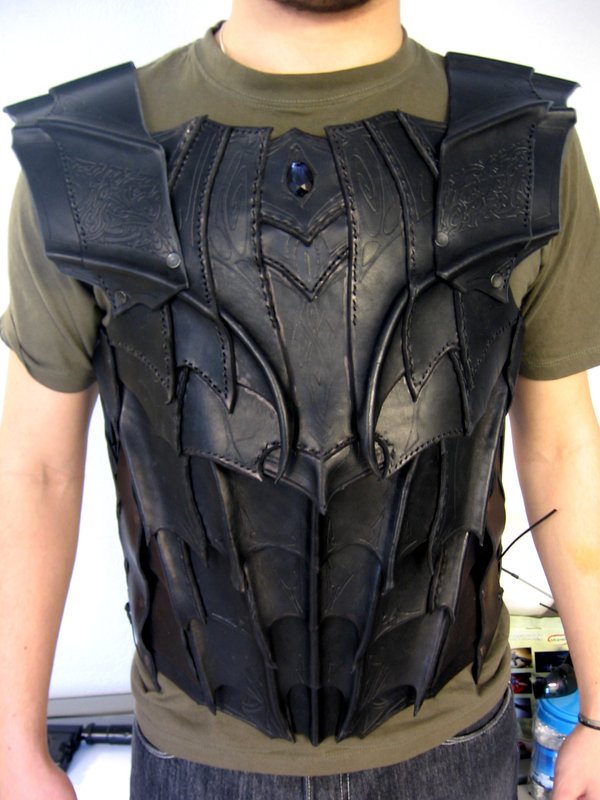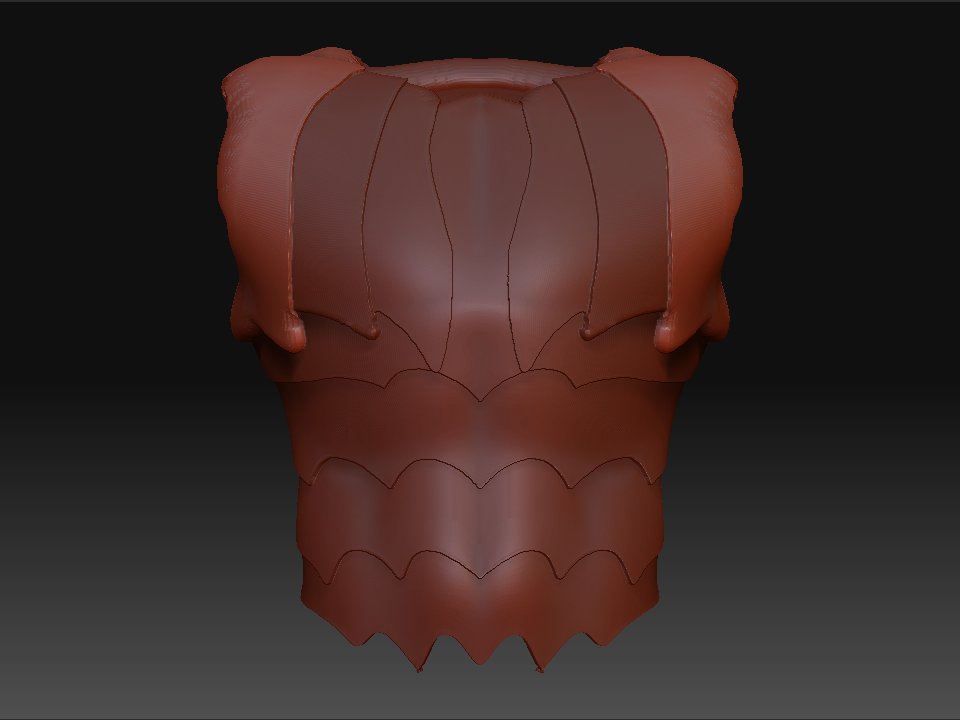Hi, I’m trying to model something close to the layered leather armor in the photo below.

However you will notice that the additive nature of the extract operator is resulting in some of the geometry getting more “rounded” and exaggerated with each extract (see “point bits” of the topmost layers and the rounding around the neckline and arm-holes).
It is also resulting in the file ballooning in size causing it to be more difficult to work with.
Another unwanted side effect of the extract tool is that it adds depth/thickness in both direction at once (in & out) causing the interior of the armor to take on a layered affect which I would like to avoid.
Any suggestions on how to approach this so the layers are crisper and the file size more manageable would be appreciated.
Attachments


